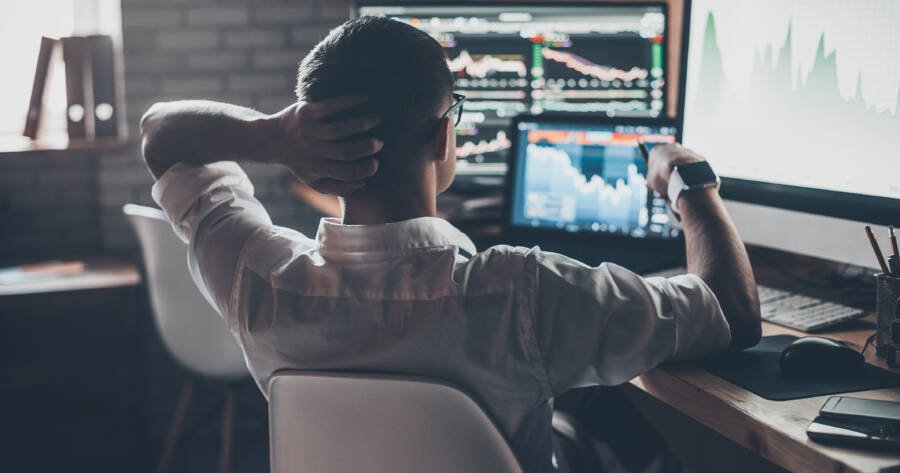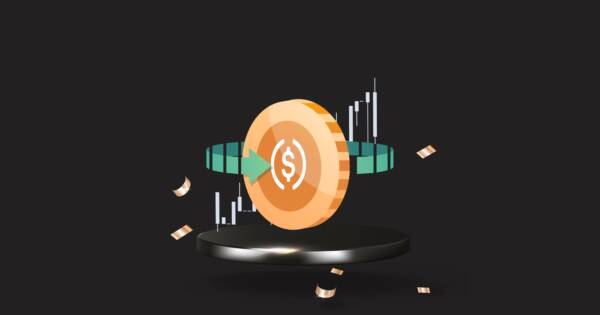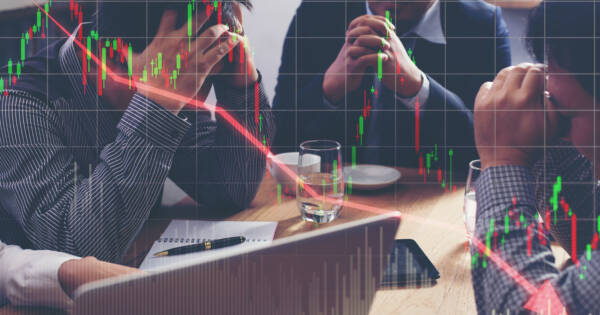The trend today is for people to take control of their investments. With the advancement of the internet, it’s totally possible to manage your own money. A growing number of advertisements from online and discount brokerages trumpet the benefits of do-it-yourself (DIY) investing. They promise you will avoid costly fees and potentially earn big gains.
However, while there are clear advantages to becoming a do-it-yourself investor, there are also many pitfalls that you can fall into. Understanding the big picture when it come to DIY investing is important. Here are seven things about managing your own retirement savings that everyone should know.
There Are Still Fees
The good news about DIY investing is that you avoid costly fees that lower your overall return on investment. If you believe the TV and radio ads, those fees can really eat into your retirement savings over the long term. When online and discount brokerages talk about “avoiding fees” they are principally speaking about the “Management Expense Ratio” or MER. That represents the combined management fee, operating expenses, and taxes charged to you by a mutual fund.
The tricky thing about MER is that the fee is usually taken off the total return earned by the fund. If the MER is 1.5% and the annual return on your investment is only 3%, you might only earn half of what you expect. The other half (1.5%) goes to the mutual fund manager as the MER.
Over many years, this fee can hurt the growth of your investment. While DIY investors can avoid this fee, it’s not a completely free process. The main fee encountered when managing your own investments are commissions charged on trades you make. The more trades you make, the more you will pay in commissions. These can range from set amounts ($5 per trade, for example) to charges based on the number of shares bought or sold.
Other fees can include annual fees, charges to transfer money into a brokerage account, inactivity fees for dormant accounts, and charges for research and data provided by the brokerage. While you avoid the costliest fees managing your own investments, you won’t avoid all fees by doing it yourself.
There is an Overwhelming Amount of Choice
Believe it or not, the number of publicly traded companies is shrinking. According to Bloomberg News, there were 3,671 companies trading shares on U.S. stock exchanges in 2018. That’s about half the number that existed in 1998. That said, there is still an overwhelming amount of choice available to DIY investors.
Worldwide, there are 630,000 publicly traded companies for investors to choose from, according to Investopedia. Knowing which companies to invest in and where (and at what time) can be daunting and intimidating. Once your account is set-up, you may find yourself overwhelmed by choice.
Should you invest in large blue-chip companies such as Coca-Cola, established technology companies such as Apple, or smaller companies that are emerging and have the potential for big gains or losses? Much of this choice can be eliminated by investing in Exchange Traded Funds or ETFs. They replicate stock indices such as the S&P 500 or NASDAQ. If you invest in a S&P 500 ETF, for example, you are essentially investing in the 500 largest U.S. companies by market capitalization.
The ETF price will move up or down as the stock exchange moves. By choosing this investment, you can eliminate the stress of trying to pick winning individual stocks from a seemingly endless number of choices.
You Still Have to Pay Attention to the Markets
One of the benefits of investing in a mutual fund is that someone else manages it. You get to “set it and forget it,” as they say in the financial industry. You simply send whatever amount you want to invest to the fund every month, and let the professionals work on earning a good return. The only time you really see your mutual funds performance is when you receive quarterly or annual account statements. It’s simple, which is why a lot of people prefer it, despite the higher fees.
This is not the case with DIY investing. You will need to stay abreast of how the stock market is performing and monitor your investments closely. You might not need to check daily, then certainly weekly and, at the very least, on a monthly basis.
When DIY investing, you’ll suddenly feel the need to turn up the radio when the daily stock market report is announced. You’ll login at night to see how your investments performed that day. You might even start reading about how certain sectors such as bank stocks or technology companies are performing as a whole. This homework will go a long way to ensure that you properly manage your money. With DIY investing comes control and savings, but it also comes with a fair amount of responsibility.
Exchange Rates Can Be Costly
Most online and discount brokerages allow clients to invest in companies listed on foreign exchanges using foreign currencies, whether Canadian dollars, Euros, or British pounds. While investing abroad can provide diversification and growth for a portfolio, it is important to keep in mind that such investments require currency exchanges. Those exchange rates can be costly.
Brokerages often charge high exchange rates for currency conversions – much higher than you would get from a traditional bank. If you do invest in foreign currencies, try to limit the number of trades you make. Buy in large blocks all at once, and then plan to hold that foreign position for a while.
There are a number of financial websites that provide strategies for how to further limit the fees you pay on exchange rates when investing yourself. But the first step is to be aware that if you want to invest abroad, there is a cost associated with it. Keep this in mind before taking a position in a company like Alibaba, for example.
Emotions Can Run High
Managing your own investments is a very personal thing. It can be quite emotional. Watching your hard-earned savings grow is exciting, but seeing them shrink can be devastating. The truth is that DIY investing can be emotional. One of the biggest mistakes you can make is trading based on your emotions.
Selling a stock when it falls and incurring a big loss is a knee-jerk reaction. It’s usually better to remaind patent and wait for it to rebound. Likewise, jumping on a fast-rising stock and paying too much is another common mistake. Trying to contain your emotions and make informed decisions is always advisable but not always practical.
Before deciding to invest your money yourself, it would be wise to spend some time thinking about how you will react emotionally to the highs and lows of the market. Ask yourself if you can remain calm and make rational decisions when markets are rollercoasting up and down. Of course, it helps to arm yourself with information and research. However, if you are overly emotional, then you may want to think twice about whether DIY investing is the right course. There is a good reason the “set it and forget it” method of investing appeals to so many people.
You Have to Remain Active
Just as you have to pay attention to how markets are performing, so must you be active with your own personal investments. While many people refer to ETF investments as “passive investing,” the reality is that you need to be strategic with your money in good times and bad.
For example, you will likely need to set “stop losses” to protect profits and sell your holdings at certain prices if markets fall. You may also want to purchase safe haven investments such as bonds or hold onto cash when markets dip. You will also need to actively watch individual stocks you’re interested in buying and decide at what price you want to take a position.
All of this takes time. It also requires some degree of financial knowledge. The truth is that if you are going to be a DIY investor, then you must actively manage those investments. This requires making strategic decisions and moving money around when it makes sense to do so. You are essentially your own fund manager. Taking positions in individual stocks or funds and then letting them sit idle is not an option. This is not a passive investment. The more volatile markets are at any given time, the more active you will have to be.
Trading Addiction is Real
There’s a reason why people refer to trading stocks as gambling. Many DIY investors become so emotionally invested in their money that they become addicted to stock trading. One big gain can send people on a quest to replicate that success. Similarly, a big loss can push people to try and recover quickly, making more and more trades.
This can be a serious problem, leading to major losses. It can also result in investors incurring big fees on their trades, eating up any potential gains. Trying to time the market and jumping in-and-out of stocks is almost always a recipe for disaster. Warren Buffet, arguably the most successful stock picker of all-time, advises: “invest don’t trade.”
The key to success for DIY investors is to retain an “investor” mindset. Remember that you are investing for long term security. Resist the trap of becoming a day trader, where you live and die by the smallest movements of stock markets. If you find yourself increasingly preoccupied with your investments or making more and more trades, take a step back and seek help. Trading addiction is a very real problem.
 Shutterstock
Shutterstock







